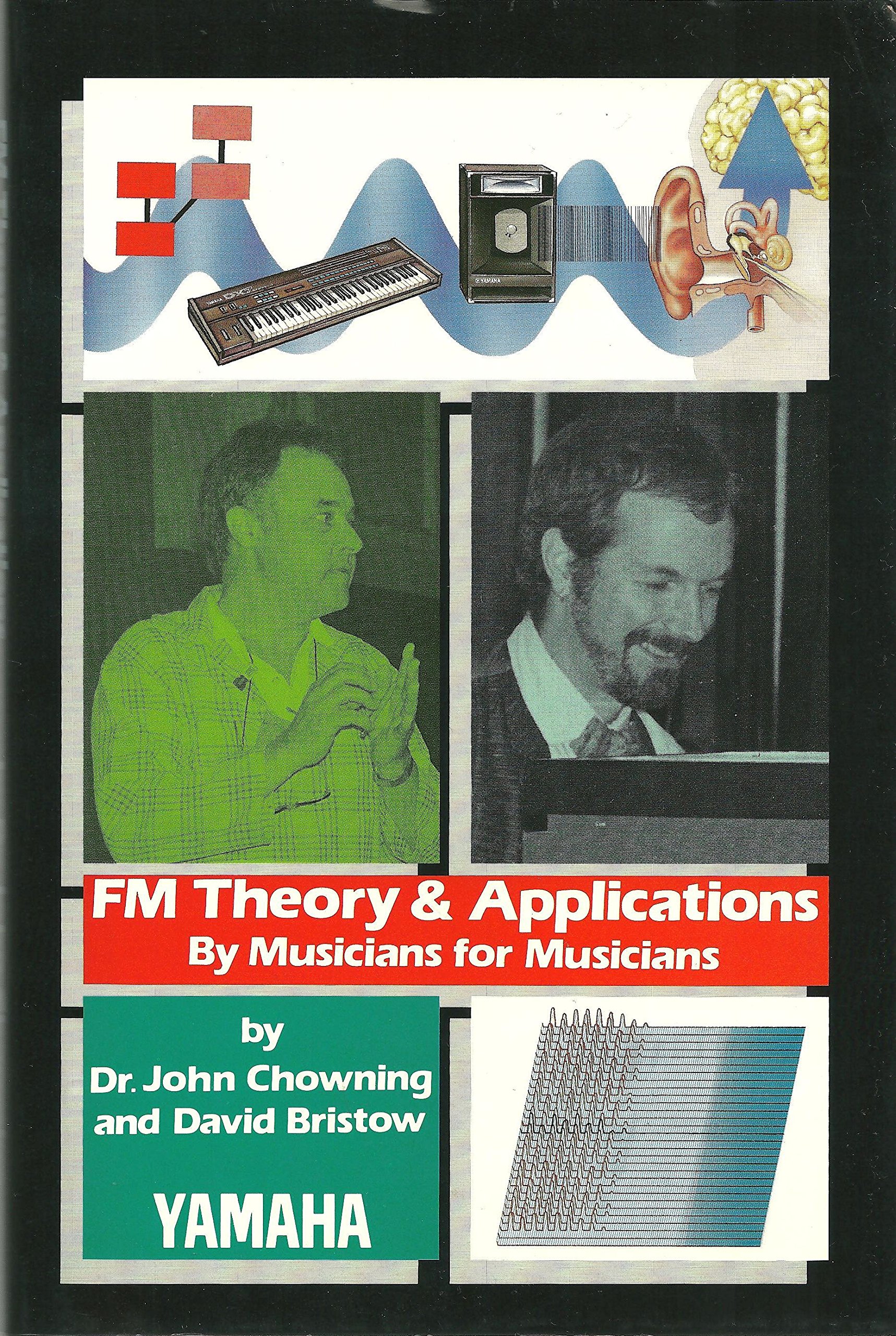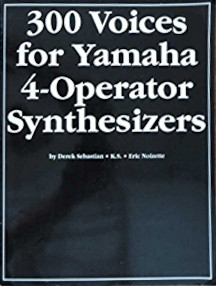Synthesis ⇝ FM Synthesis
FM synthesis is a method of creating sound that is based on multiplying the signal of one oscillator with the signal of another oscillator. One oscillator is referred to as the carrier, and one as the modulator. This is called frequency modulation and is the basis for many commercial hardware synthesizers and virtual synthesizers, the most well-known of which is the Yamaha DX7 and its derivatives.
This technique is known for its ability to create great organ, bass, and brass sounds along with strange noises and complex synth pads. It's also known for cheesy, unconvincing emulations of other acoustic and orchestral instruments.
FM synthesis was invented by John Chowning, who patented it in 1975 and then licensed the technology to Yamaha who created the GS1 and GS2 synthesizers. The best starting point for learning how FM works is to read his book:
Knowing the theory behind FM along with having access to practical examples will help you go beyond using the presets of an FM synthesizer and allow you to create some complex and high-quality sounds.
Another great book, geared toward programming 4-operator FM synthesizers like the DX11, DX21, DX27, DX100, and TX812 is:
It gives the exact parameter settings necessary to create a wide variety of sounds. It's also applicable to 6-operator synthesizers like the DX7, but only relies on 4 operators to create sounds.
List of Hardware FM Synthesizers
Note: The Casio CZ and VZ series of synthesizers used "interactive phase distortion" (iPD) synthesis, which is very similar to FM synthesis, but not quite the same thing. Most people consider them FM synthesizers.
- Clavia Nord Lead 2X
- Clavia Nord Lead 3
- Clavia Nord Wave
- Korg 707
- Korg DS-8
- Yamaha DX9
- Yamaha DX21
- Yamaha DX27
- Yamaha DX100
- Yamaha FB-01
- Yamaha TQ5
- Yamaha TX81Z
- Yamaha V50
- Yamaha YS100
- Yamaha YS200
- Clavia Nord Modular
- Clavia Nord Modular G2
- Alesis Fusion 6HD
- Alesis Fusion 8HD
- Korg Kronos
- Korg Kronos X
- Korg Kronos 2
- Korg Volca FM
- Yamaha DX1
- Yamaha DX5
- Yamaha DX7
- Yamaha DX200
- Yamaha PLG100-DX plugin board
- Yamaha PLG150-DX plugin board
- Yamaha SY77
- Yamaha SY99
- Yamaha TG77
- Yamaha TX7
- Yamaha TX802
- Yamaha TX816
The Sound Programming site is copyright © 2006-2024 Jason Champion.
 FM Theory and Applications: By Musicians for Musicians by John Chowning and David Bristow
FM Theory and Applications: By Musicians for Musicians by John Chowning and David Bristow 300 Voices for Yamaha 4-Operator Synthesizers
300 Voices for Yamaha 4-Operator Synthesizers